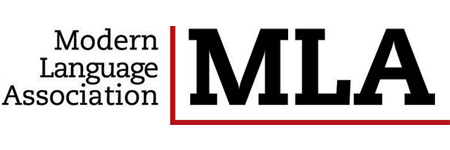Hünkâris Hünkâris of Loristan: Leqs-Laki, Zands, Lors-Lurs, Bakhtiaris and Turks
DOI:
https://doi.org/10.24082/2018.abked.199Keywords:
Hunkar Hacı Bektash-i Veli, Ehl-i Hak, Bakhtiyari, Luristan, Lek, Zend, GorenAbstract
I was interested with the subject of The lions (in the Lions Sahara gorgonised by Hünkâr Hacı Bektâş-ı Veli during his journey from Horasan-Nişabur to Anatolia) and than in my exploration jurney to Luristan in 2016 has been transformed into a research study. Hünkâr had reached to Iraq passing through the traditional East-West “Pilgrimage and Migration” route which isknown as Hemedan-North Luristan (Leq-Delfan) lands. As it is told in the itinary ie “Hünkâr’s Vilayetname” Hünkâri belief (faith) had been raised and spread based on Hünkâr himself. Today Hünkâri belief deem Sultan Ishak who was active in the area (at Leq-Delfan) as the founder of that belief roughly 100 years after Hünkâr himself. In teaching (belief/practice), the supreme creator’s (God) Persian name were “Havendkâr” (Havendkâr, Handkâr, Havendigâr, Hüdâvendigâr, Hünkâr). In Turkey, Turkish saying as “Hünkâr”and/or “Hüdâvendigâr” took over andhave gained importance and been planetary. Hünkâr Hacı Bektâş-ı Veli recognised as Hünkâr of his time as it is indicated in the holy scripture compiled by Sadık Safizade among the belivers called “Name-i Serencam” Poems of Bayrak Kuşcuoğlu are also Turkish, who was the first and most important poet of that belief.
Today, in terrytory of Iran, followers of Sultan Ishak are communities called as “Ehl-i Hak” (and Ali İlâhi /Aliyü’l İlâhi”). Their beliefs are principally expressed(protected) in poem form. 24 Sufi narrators who are called as Guyende (in Persian) , Kelâmgu (in Arabic),Söyleyici (in Turkish) have expressed the belief in Turkish in poem and/or breath (nefes) form. Most blessed person of the beliefis Shah Ibrahim who is Ishak Sultan’s grandson and also undertook the leadership of the belief after Ishak Sultan who was the founder of the belief.
Bayrak Kuşcuoğlu was the first, well known and the most improtant narrator (kelâmgu in Arabic, guyende inTurkish) and famous poet of Ehl-i Hak belief in Shah Ibrahim’s period. ( No doubt that there are poets addressed to other ethnic groups in later periods.) Communities interested in Ehl-i Hak think that among the 24 guyende, Kul Veli and Kuloğlu are related to Hacı Bektaş, Yunus is related with Yunus Emre(we hope this matter is deeply being searched ). Especially, Turkish-Ateş Beyli is the biggest community of followers of that belief that Ateşbeyliler with regard to several estimations might cover between 30-40% .(Hünkâri belief, in other saying, “Ehl-i Hak” and Ali İlâhi / Aliyü’l İlâhi” groups are subject to another article).
Turkish noble communities were settled in this “Pilgrimage and Migration” path between Hemedan and Musul where Hünkâri belief had risen upon one thousand year of Turkish sovereignty had begun in Middle East geography that the security of the path was entrusted to primarily Turkish noble communities for hundreds of years. (The territory from Hemedan city to Musul were under Ottoman reignafter Kanuni’s campaign to conquer in 1533-1535 ). At present, debates about Luristan region and Leks’ ethnicity continue. As our research shows that Leks are Turkish origin communities those have cognates/relatives in Anatolia and even in Iran. The area which is constantly in the scope of orientalists’is a part of our cultural history.








